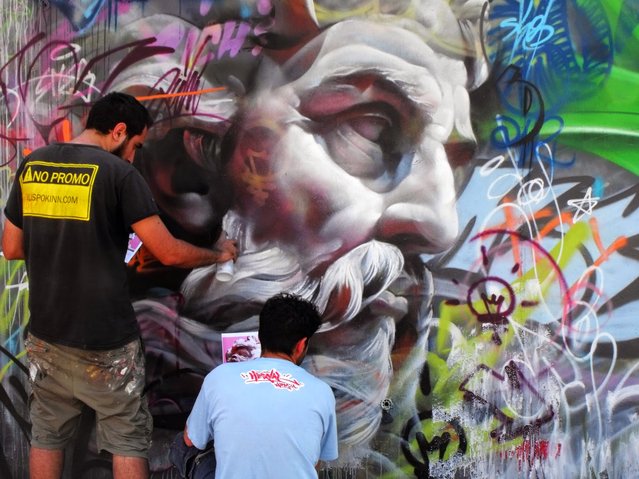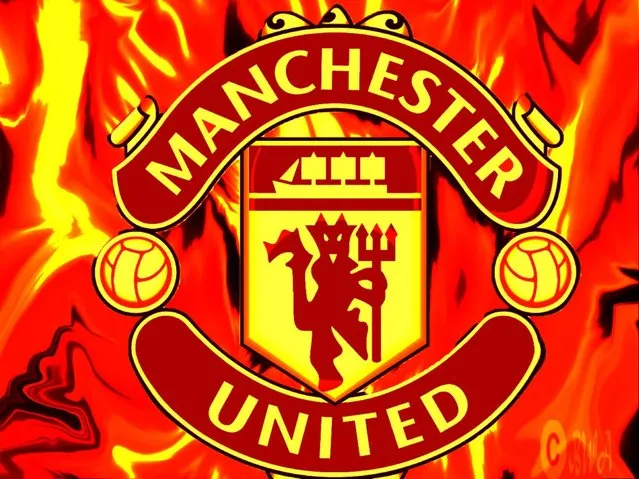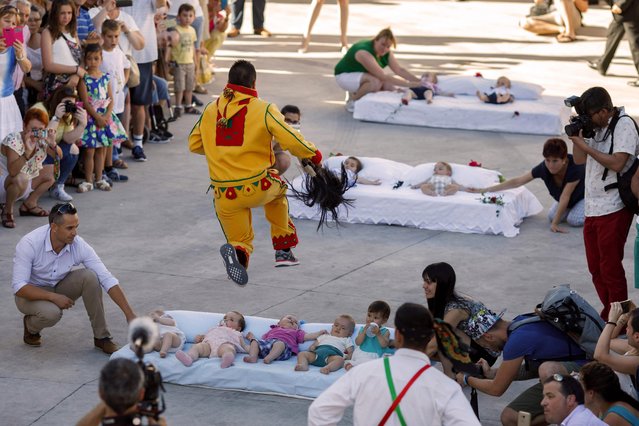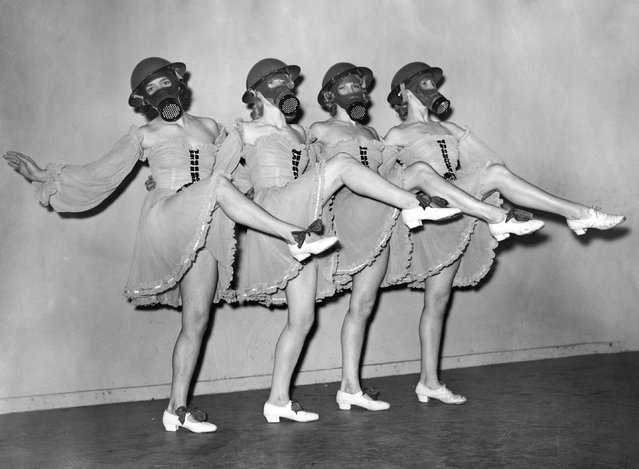
Spanish singer Rosalia Vila Tobella, known mononymously as Rosalía performs during Louis Vuitton Menswear ready-to-wear Fall/Winter 2023-2024 collection show as part of Men's Fashion Week in Paris, France on January 19, 2023. (Photo by Sarah Meyssonnier/Reuters)
21 Jan 2023 00:52:00,post received
0 comments







